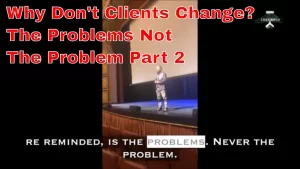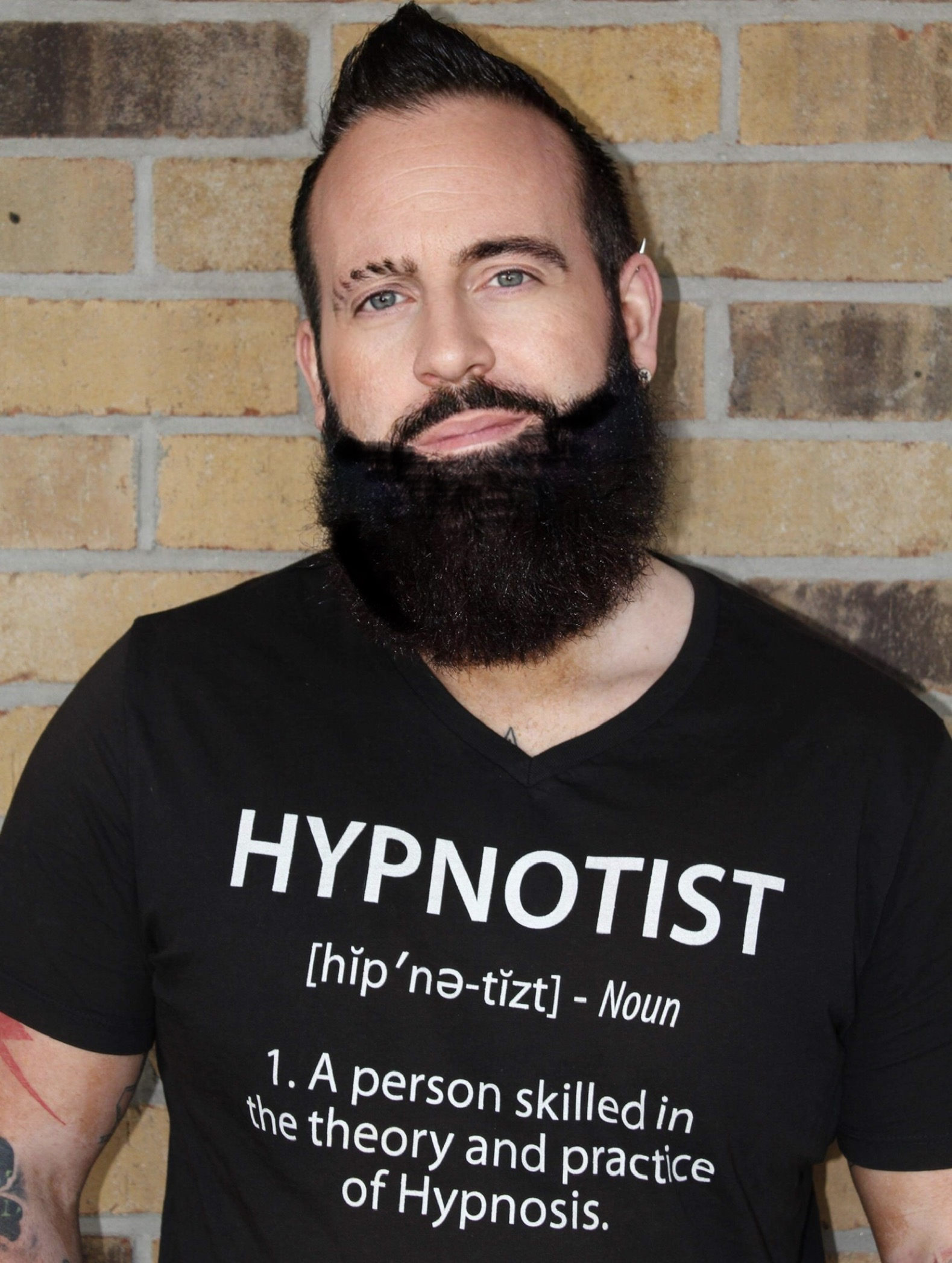5 Patterns That Keep People Stuck Part 2
Because I identified, actually, I didn't really
identify these five patterns of chronicity
that I'm going to talk about a little bit later on.
What I realised is no matter what your client
was coming to see you about, whether that be
some kind of trauma, whether that be depression
with some kind of guilt, some kind of shame,
some kind of physiological problem. You could
do all the work on that subject, you could do
really diligent work with whatever your modality is.
But if you don't take care of these five patterns
that I'm pretty sure you're going to see in every client.
The likelihood of your work sticking just drops
drastically now. Most people do really, really good work.
You've trained so long in learning your skills,
you're doing everything you're supposed to.
But we've gotta remember that our client might
come in and they're supporting problem. Might
be presenting problem, it might be ohh you know
what I've got PTSD So as as healers, as therapists,
as change workers, as the T- shirt says, we go
after that, right? We go after the problem
that it came in with, it makes sense. It's what
they're paying us to do to help. However, what
I learned a long time ago, and I've been recently
re reminded, is the problems. Never the problem.
Problems never the problem. So whenever a client
comes in to me, these five patterns that I'm
going to bring up with you today, most of you
have probably never seen these before because
I've never seen them or I'd never put a label on them.
And I was always wondering why I'd have success
with some clients and not success with other clients.
And when I started to learn about these patterns
I used to. I now see them in every single client.
Some are a little bit easier to detect, but the
first thing is when you start to detect these
patterns, then you can start to inoculate against them.
So you could start to build up that structure
that holds up their problem. So again, we'll
just use PTST, for example. Whatever the presenting
problem is, is here. Anyone ever played that
drinking game jenga before with all the wooden
blocks? Anyone ever played that game before?
Just one person. Everyone's lying. They're
like, no, we don't drink, we don't have fun,
we don't play that game. But there's this, if
you've never seen it before, jenga, it's these
little wooden blocks, right? And it's a drinking game.
And what happens is you remove blocks and when you remove.
Blocks. At some point the whole structure falls
down, and if it falls down on you, you lose and
you have to get blindingly drunk. That's right.
One laugh there. Thank you so much. Problems
are a bit like that. And when people, clients
come into my office, if you imagine right on
the top, if you remove the block right on the
top and there's all these other blocks supporting
underneath, they come in. They've got the PTSD.
We want to help them. We go in, we try and remove
or nuke or delete or put into quarantine topical, right.
That problem with PTSD to one side we think we've
done our job. We've done the best that we're
that we think that we can do what we've been told to do.
But that structure, all the other blocks are there.
These five patterns are chronicity that I'm
going to go over later is everything that's left.
So sometimes a client will come with me. They
have that specific problem. And I never address
that specific problem. But when I start to breakdown
those five patterns that they come in with,
miraculously that problem that they came in
with, the presenting problem, remember the
problems, never really the problem, but the
PTST or the unresolved trauma disappears and it lasts.
And I know that will last for most people because
I follow up with my clients for up to two years.
And the ones that respond to my follow-up tell
me, luke, we never actually dealt with my smoking.
You never even talked about in this session.
But I just don't want to smoke anymore. So this
is one of the most powerful. Things if you want
to be an even greater, more powerful agent of
change, this is one of the most powerful things
that you could do. But like I say, the first thing
is acknowledging them. Who's ready to hear
these five patterns? Excellent.

Is Sugar More Addictive Than Cocaine Hypnosis === https://www.lukenosis.com/is-sugar-more-addictive-than-cocaine-hypnosis/
Big Announcement === https://www.lukenosis.com/sugar-addiction/
Sugar Addiction Soultion My Story! === https://www.lukenosis.com/sugar-addiction-2/




